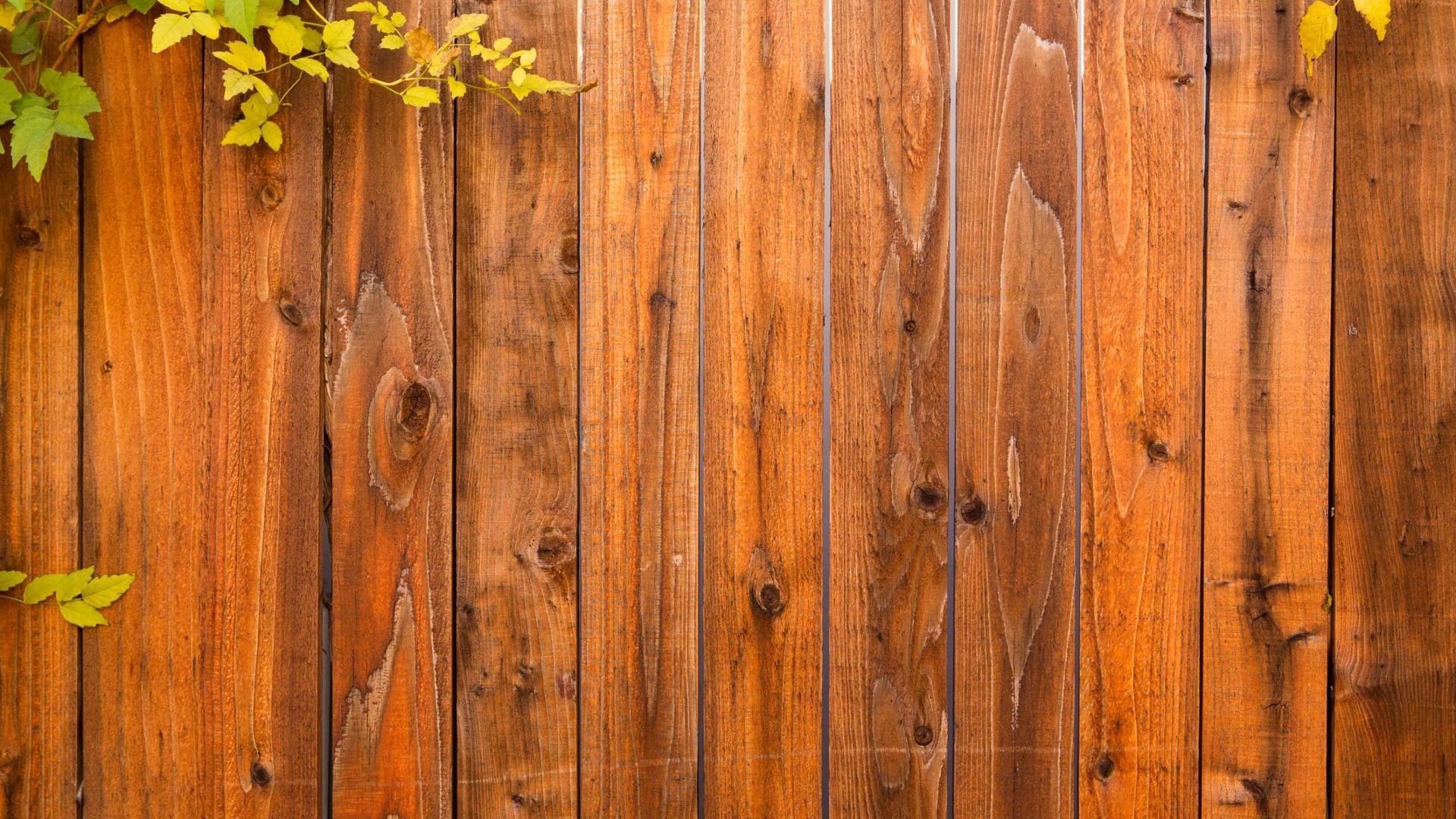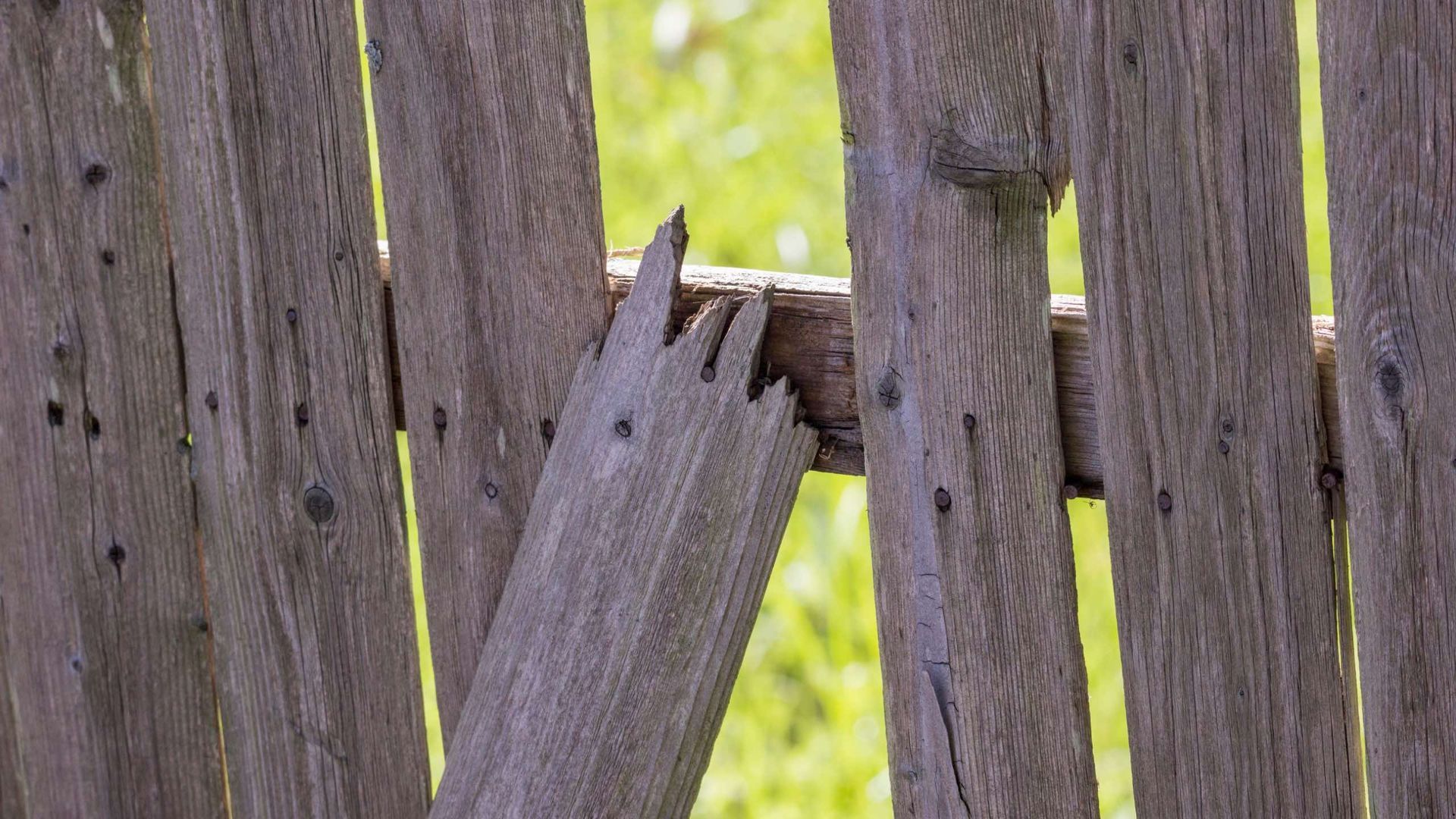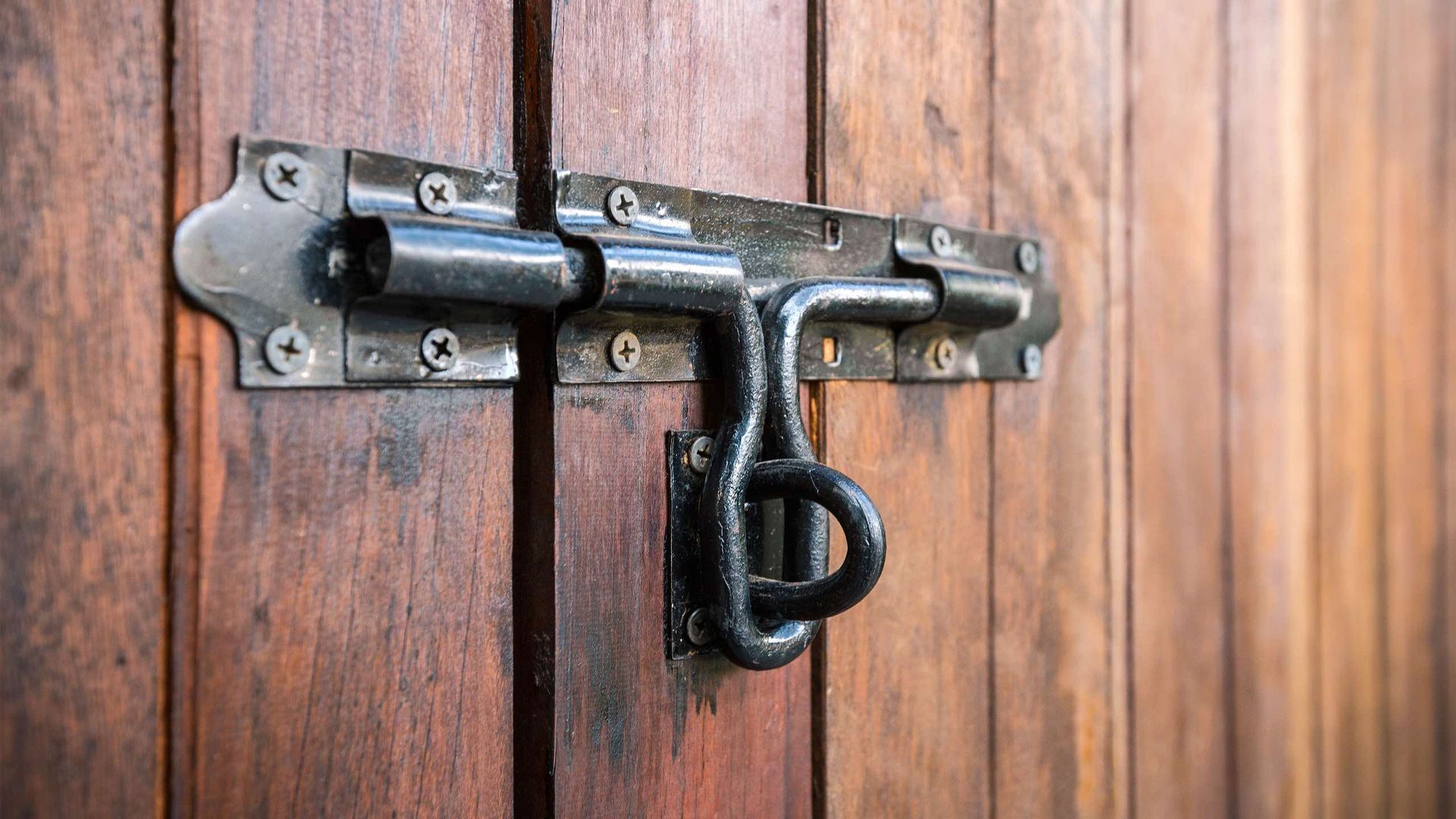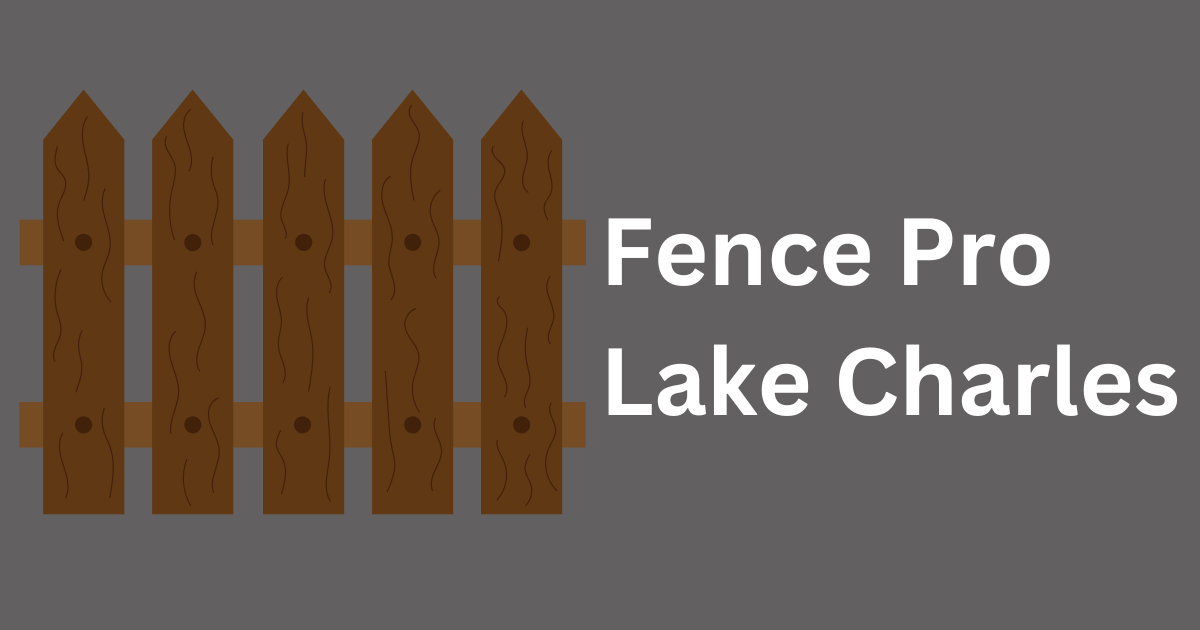Trees Should be Considered When Choosing Fence Location
January 13, 2025
Preserving and protecting tree roots is important
When building a fence near trees, know each species well. This is like how a botanist learns about each plant's details. Regal oaks can grow up to 50 feet tall and spread 30 feet wide. They remind us of the ancient forests in Europe where royalty walked. Their complex root systems act like a human's circulatory system. They offer stability and support, helping trees thrive for many years, just like a strong family legacy that lasts through generations. Oaks have long symbolized strength and power. This dates back to the ancient Greeks and continues in modern-day Britain, where they are a national symbol.
When you plan your fence, think about the trees. A good fence company will take them into consideration during the planning phase. Their colorful leaves create a beautiful sight. They offer shade and shelter for local wildlife, like a mother hen caring for her chicks. Picture walking in a green garden. You hear blue jays and squirrels all around. Sunlight shines through the leaves, making pretty patterns on the ground, like an artist's strokes on canvas. Picture proud oaks standing tall. Their green canopies show health and strength. Their roots dig deep into the earth like strong anchors, holding firm against fierce storms. They remind us of a lighthouse guiding ships through rough waters.
Look at the Redwoods. Nature shows off its beauty here, like a grand cathedral that fills us with wonder. These natural wonders have stood tall for centuries. Some reach over 350 feet high. They have symbolized American beauty since the early 1900s. Choose rustic wooden fences that wind through the countryside. They blend naturally with the landscape. Picture the English hills, where sheep graze peacefully under the warm sun. The English countryside inspires artists and writers. Its rolling hills and ancient forests have done so for centuries. If a tree blocks your path, picture a courtyard-style fence around it. This design combines nature and structure. It echoes the elegance of ancient Rome with a modern twist, like a classic sports car updated for today. It blends timeless charm with fresh ideas.
Choose fence materials that balance durability and looks. Also, think about your trees' needs. It's like how a parent balances discipline and care to raise a well-rounded child. Wood can change over time. Its rough texture and warm color remind us of a well-used leather chair. On the other hand, vinyl or aluminum resist weather. They stand strong like a dam that protects against floods and keeps ecosystems safe. Choose a fence that fits with nature. Wood blends well, like a beautiful symphony. Metal adds a sleek touch and highlights your trees’ elegance, similar to a Tiffany lamp casting a warm glow in a cozy room on a winter evening. The great outdoors has sparked many art pieces, like Monet's landscapes and Thoreau's Walden. Your fence can join this tradition.
Some trees, such as Minnesota's black ash, flourish in specific locales, like a rare species that thrives only in a certain habitat. When placing your fence, think about the trees' need for sunlight and water. This is like how a good gardener cares for an orchid, making sure it gets the right nutrients. Be ready to trim or remove trees if necessary. Harmony is essential for their health. Just like a doctor may amputate a limb to save a patient, difficult choices can lead to better recovery. A tree's roots are its foundation. If they get damaged too much, the tree can die. This is like a cracked building foundation. It leads to collapse and destruction. This delicate balance is key for the ecosystem. It shows in how trees, animals, and microorganisms connect in the forest.
By following these guidelines, you’ll build a fence that works well with your trees. It will celebrate their uniqueness and create a peaceful oasis in your yard. This blend of nature and human creativity is like a beautiful artwork that reveals hidden beauty and inspires wonder. Picture a future where your fence and trees blend together. This creates a stunning scene that draws admiration. It's like a vivid sunset, filling the sky with unforgettable colors. Plan carefully. Focus on every detail. Your fence can become a masterpiece. It will blend well with the landscape. This shows the strong bond between nature and creativity. It’s like a happy marriage, growing stronger each year.
At Fence Pro Lake Charles, we can help consults on your specific situation and find the best solution for both your trees and fence. A solid fence company is a wonderful resource to have when planning around trees. Contact us
for a consultation today.
You might also like

March 1, 2025
Insects can be the ultimate destroyers of wood fences, especially in warm, humid climates like Louisiana. Imagine this: on a sunny summer afternoon, your stunning wood fence, once a proud addition to your property, begins to crumble. You're left scratching your head, wondering when everything went wrong. Fortunately, this heart-wrenching scenario is avoidable with the right knowledge and materials. At Lake Charles' premiere fence company, Fence Pro Lake Charles , our wood fences boast insect resistance. But remember, insect-resistant doesn't mean insect-proof. Even the mightiest woods can succumb to these minute marauders. Here in Louisiana, our insects are plentiful and determined, with the perfect breeding ground in our warm, humid climate. The Insect Suspects: Unmasking the Culprits Meet the termites, silent assassins that feast on your fence posts. They're attracted to cellulose, the wood's core, creating intricate tunnels as they munch away. This crafty, slow destruction gradually weakens your fence. And when you least expect it, it strikes! Picture a termite infestation in Louisiana costing you upwards of $3,000 in damages. That's a financial burden you never saw coming! Then we have the carpenter ants, sneaky invaders burrowing into your fence posts. While they might not snack on the wood directly, their tunnels pave the way for structural disaster. Water slips in, gradually weakening your fence—a ticking time bomb ready to collapse. Their handiwork can turn sturdy posts brittle and frail, leaving your property vulnerable. For instance, the Formosan termite, a common Louisiana pest, can eat through a fence post in just a few months! Let's not forget the carpenter bees, the noisy troublemakers that drill holes into your wooden walls. Their handiwork allows moisture to seep into fence posts, causing decay over time. It's like witnessing a slow-motion train wreck, and you're utterly powerless. Picture a post that’s soaked from constant moisture. Now, imagine it cracking in a strong wind. This shows how much damage these insects can cause. In Louisiana, carpenter bees are a common problem, especially during the spring and summer months. Cedar Wood: Nature's Powerful Insect Repellent Cedar is the superhero of the wood world, armed with natural insect resistance honed over centuries. Its aromatic oils not only prolong its life but also serve as a shield against pesky invaders. Used by ancient Egyptians for their temples, cedar remains a testament to durability. Their enduring structures highlight the wood's ability to withstand the test of time. In fact, the ancient Egyptians believed cedar had sacred properties, which is why they used it to build their majestic temples. Pressure-Treated Wood: The Enhanced Defender Enter pressure-treated pine, the sturdy champion of fencing. This quick-growing wood, fortified by treatment processes, enhances stability for years. The chemicals act as a vigilant bodyguard, warding off pests, mold, and rot. It's like having a trusty protector guarding your fence against nature's onslaught. Our pressure-treated pine fences use copper azole. This chemical keeps insects away and stops fungal growth. The Insect Repellent vs. Insect Proof Myth: Separating Fact from Fiction We can supply wood products that repel insects, but let's keep it real—no wood is entirely insect-proof. Over time, even cedar and pressure-treated woods surrender their protective prowess. Age brings vulnerability, as hungry pests prepare for attack. It's like the wood wears a thin armor that eventually wears away, leaving it exposed to predators. This truth highlights the essential need for maintenance! Regular inspections and treatments can prolong the life of your fence, keeping those pesky insects at bay. Insect-Resistant Treatment Options: A World of Choices Numerous products can help repel insects effectively. Regular stains and sealants aid, while special additives combat direct insect invasions. Whether you lean toward chemicals or natural options, the choices are vast. From wood oils to eco-friendly sprays, the possibilities are practically endless. For instance, eco-friendly borate-based products can create a protective barrier. This broad array of treatments showcases our ongoing battle against these tiny foes. At Fence Pro Lake Charles, we recommend our signature cedar oil treatment, proven to repel insects naturally. Better Options for the Insect-Wary: Choosing the Right Fence for You For those wary of bugs, consider vinyl, aluminum, composite, or chain link fences. Each offers a stylish range from modern to classic. We guarantee you'll discover the ideal insect-resistant fence. This will free you from worries about wood-loving pests. Imagine having a breathtaking fence that stands the test of time, free from the anxiety of insect damage. With these options, you'll enjoy peace of mind, knowing your fence withstands the relentless onslaught of insects. Plus, our fence company's team of experts can help you choose the perfect fence for your style and budget.

February 24, 2025
Excess moisture is a sneaky enemy. It weakens your fence's structure and leads to expensive repairs. These costs can drain your wallet, just like a leaky faucet. Picture a strong wooden fence that is now splintered and sagging. It looks like an old face marked by time and weather, much like a book left out in the rain. In areas with heavy rain, like the Pacific Northwest and Southeast, untreated fences can rot. This leads to costly repairs, much like an unexpected guest showing up at your door. In Lake Charles, Louisiana, this is even more true. The skies often weep, which leaves our fences battered and bruised. History has shown us the devastating consequences of moisture damage in vivid Technicolor. Hurricane Katrina's storm surges in 2005 displaced thousands. Homes and fences were destroyed. In 1993, floods in the Midwest, caused by heavy rains and poor drainage, devastated communities. Families were left searching for shelter, like shipwrecked sailors clinging to debris. Who can forget the Great Mississippi Flood of 1927? Overflowing waters caused millions in damages. They uprooted countless lives and left destruction behind, like a graveyard for broken dreams. These stories highlight the urgent need to protect our fences from moisture. It's like fighting off a swarm of hungry locusts. Moisture seeps into wood, making the fibers swell. This is like an animal puffing up to defend itself. As the wood expands, it can warp and crack. These changes weaken the fence, like a thief stealing a prized treasure. This damage is like a slow cancer. It eats away at the structure from the inside, just like termites quietly destroy a house's foundation. Our fence company deals with this type of damage a lot. In humid climates, extra moisture can quickly ruin your fence. It builds up like a snowball rolling downhill, gaining size and speed without control. By the time you notice the deterioration, it could be too late, leaving you drowning in repair bills like a sailor lost at sea. That's why safeguarding your fence from moisture is non-negotiable, a matter of life and death. A waterproof sealant or stain acts like armor. It keeps water out and reduces damage risks, just as a knight wears a helmet and shield before battle. Apply it once a year or every six months. This keeps your system protected, just like changing your car's oil helps it run well. It's as simple as putting on sunscreen before sunbathing to avoid sunburn. This habit quickly becomes second nature. Think of this as a flu shot for your fence. It protects against weather damage and keeps it strong for years, like a loyal guard against intruders. Good drainage is equally vital, as crucial as having a fire extinguisher in the kitchen to douse unexpected blazes. Installing a French drain or reshaping your yard helps water flow away from the fence. This prevents pooling that can cause problems, just like a levee stops a rising river. In rainy areas, the French drain protects your home. It works like an archer guarding castle walls. Opting for hardy materials like cedar or redwood delivers an added layer of defense, as if calling in the cavalry to reinforce the front lines. These strong woods have natural oils that keep out moisture and pests. They act like a superhero cape for your fence, protecting it from damage. Cedar has thujaplicin, which protects against insects and water. This makes it ideal for humid climates, where the air feels thick with moisture, like in a sauna. Regular inspections help you find problems early. It’s like a doctor spotting an issue before it gets worse or a detective finding clues at a crime scene. By taking these steps, your fence can last for years. It will show its strength and your care. It will be as sturdy as an oak tree against the winds of change. Let our fence company, Fence Pro Lake Charles , help you prepare your fence for the moisture and humidity of this region.

February 22, 2025
Starting a fence project is a smart choice. It brings many benefits, like improved security, privacy, and curb appeal. Plus, it can boost your home’s resale value. Building a fence is like creating a careful piece of art. It needs good planning to avoid wasting money. The price can change a lot if you're not careful. A good fence company is important to helping you navigate this process. This is especially true in Lake Charles, Louisiana. Six key factors can drive up costs quickly. Think of a tricky fence layout like a jigsaw puzzle. Each new piece makes it harder and stretches your budget. Terminal posts need more work than simple line posts. The material you choose can also increase costs. A design with numerous corners and angles adds to both labor and materials. The National Association of Home Builders says complex designs can raise construction costs by 20%. A homeowner in Lake Charles paid $1,500 more for a detailed design with curved edges and fancy features. For instance, a fence with a unique concave shape may require more materials and labor, leading to higher costs. Staggering your project is like a long road trip with too many stops. It will raise your costs. Each detour adds labor, transportation, and fuel costs, inflating your total bill. It's more economical to complete substantial segments of fencing in a single swoop, much like the savings of bulk purchases. You can save money, cut waste, and finish your project faster. Just look at a nearby homeowner who saved over $5,000 by completing their fence all at once instead of in parts. This approach allows you to allocate your budget more efficiently, ensuring that you get the most value for your money. Gates hold a special allure but often come with a pricier price tag than fence panels, much like comparing a luxury ride with an economy sedan. To keep costs manageable, limit the number of gates and evaluate their necessity. Ask yourself, “Do I truly need a gate here?” Opting for one primary gate can save you a whopping 50% versus multiple entrances scattered around the property. This practical method focuses on usefulness rather than just looks. It makes sure your gates are functional. A homeowner in Lake Charles saved $1,200. They did this by limiting gates to just two entry points. This change cut costs and improved the fence's overall appearance. Removing an old fence resembles tackling an attic cleanout: vital yet daunting. You can hire pros for a handsome fee, but rolling up your sleeves offers significant savings and a solid workout. Think of it as a DIY project—cost-effective, rewarding, and ensuring quality at hand. Being mindful of proper disposal is paramount to avert environmental hazards. The Environmental Protection Agency warns about careless waste disposal. It can harm soil and water. By properly discarding old materials, you lend a hand to Mother Nature. One homeowner in Lake Charles saved $500 by recycling old fence materials. This choice cut costs and helped the environment. Digging in rocky soil is like wrestling with concrete: it demands extra effort and special tools. Tough terrain may come with a “rock clause,” hiking up your bill where digging gets tricky. Areas with granite or clay harbor unexpected challenges, like lurking rocks or hidden pipes. Clearing brush or low-hanging branches also inflates labor costs, much like adding extra toppings to a pizza. For instance, one homeowner faced a $2,000 addition due to concealed rocks in their yard. Being aware of these hurdles can fine-tune your planning and budgeting. At Fence Pro Lake Charles, we're here to guide you toward affordable options, allowing you to explore styles without breaking the bank. Lattice work and decorative post caps are eye-catching luxury upgrades. They add charm to your fence, but they also raise costs. To remain on budget, prioritize practical elements over decorative frills. For example, you can opt for a simple yet sturdy fence design that serves its purpose without breaking the bank. Keep these six pitfalls in mind. They can help you build a beautiful fence that fits your budget and increases your home's value. We are the premiere fence company in Lake Charles, and we are here to help you make the best choices possible when it comes to your new fence.
Quick & Reliable
We are available 24/7 for all your Fencing needs!
© 2025
All Rights Reserved | Fence Pro Lake Charles - Disclaimer | Terms of Service | Privacy Policy Check us out on the web!

